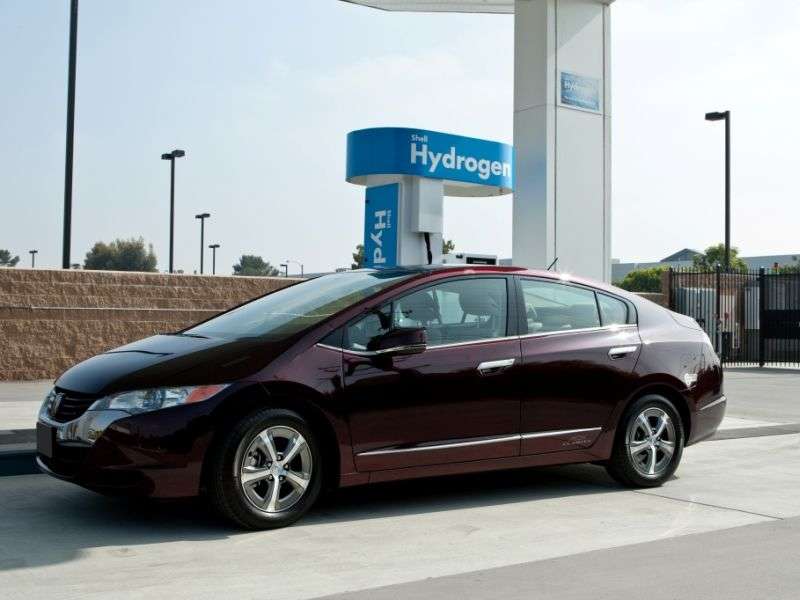Recent Articles
Popular Makes
Body Types
Autoblopnik's Guide to Green Cars
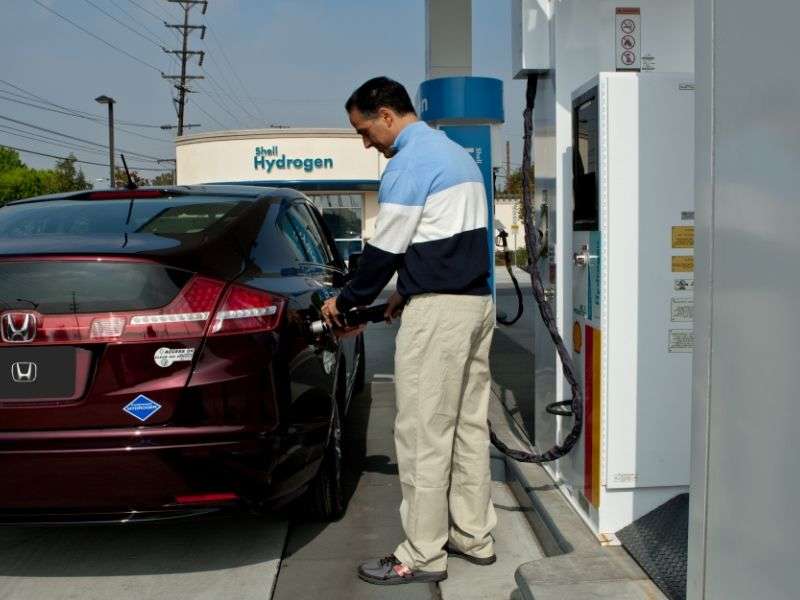
by Otto Blopnik
Looking for an environmentally-friendly car, but not sure which technology to buy? Autobytel's special corresponding motorist Otto Blopnik explains in easy-to-understand terms how each of these technologies works.
Hybrids
The most popular type of green cars, hybrids are powered by a gasoline engine assisted by an electric motor, the latter fed by a battery charged by the motion of the car, which is provided by a gasoline engine assisted by an electric motor, which is fed by a battery charged by the motion of the car which is provided by a gasoline engine assisted by an electric motor. This would appear to violate the law of conservation of energy, however no hybrid has ever been convicted.
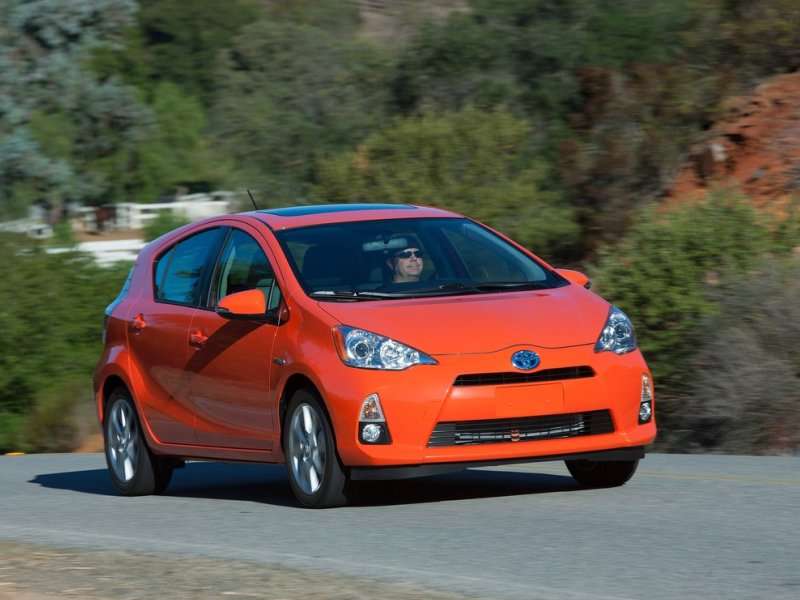
Plug-In Hybrids
Similar to a hybrid, but may be plugged in to an electrical outlet to charge the driver's ego.
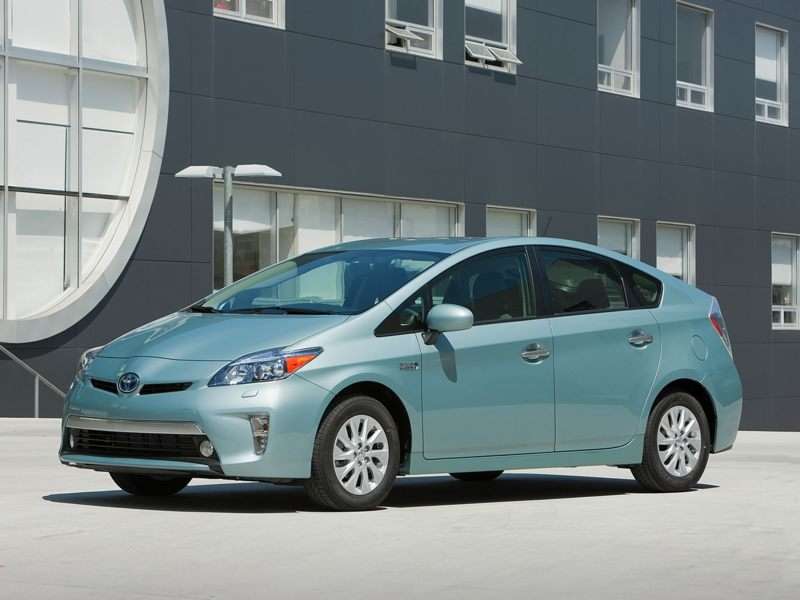
Diesels
The Diesel engine was designed by German inventor Otto Cycle in response to a need for an engine that looked like a gasoline engine and worked like a gasoline engine, but would generate a $2,000 repair bill if fueled with gasoline. Diesels get significantly better fuel economy than gasoline engines because of the fuel, which is slimy and slippery and therefore creates less rolling resistance than gasoline. In fact, Diesel fuel has the unique characteristic of adhering to nothing but the bottom of people's shoes and the floor mats of their cars.
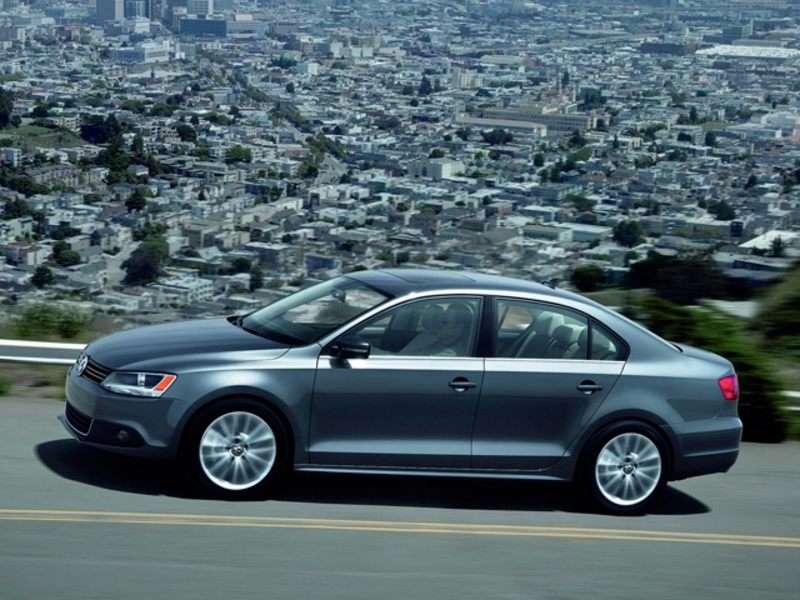
Electric Vehicles
Battery-powered electric cars are the most green vehicles available, because after about 80 miles they run out of power and can no longer produce any pollution. The exception to this is the Tesla Model S, which goes 0-60 in 3 seconds, has enough range to drive to the Moon, and cures people's cancer as it drives past them.
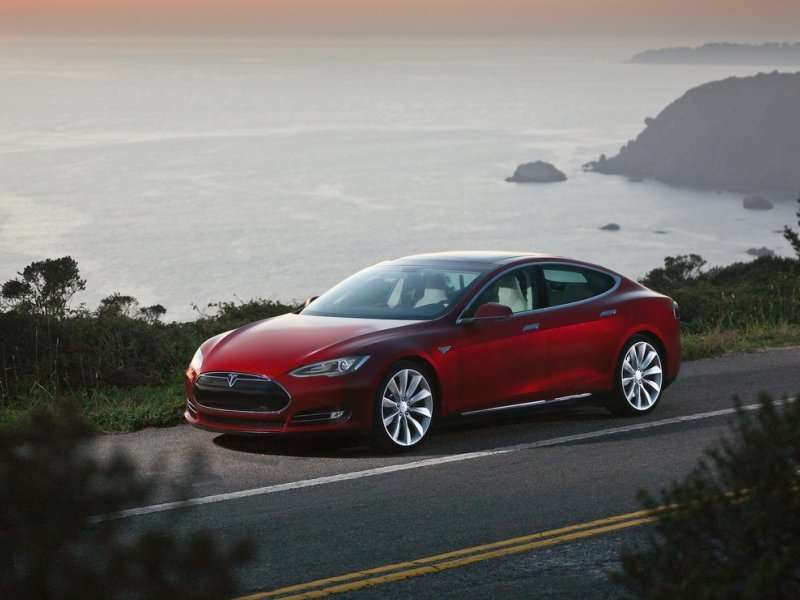
40 MPG Gasoline Cars
These vehicles use ordinary gasoline engines with a variety of tweaks, including rough-shifting transmissions, rock-hard tires, and complicated grille shutters in order to deliver EPA highway fuel economy estimates of 40 MPG or better. Most of these cars only get around 30 MPG in real-world driving, which automakers promote as a benefit that makes them feel more familiar to traditional consumers.
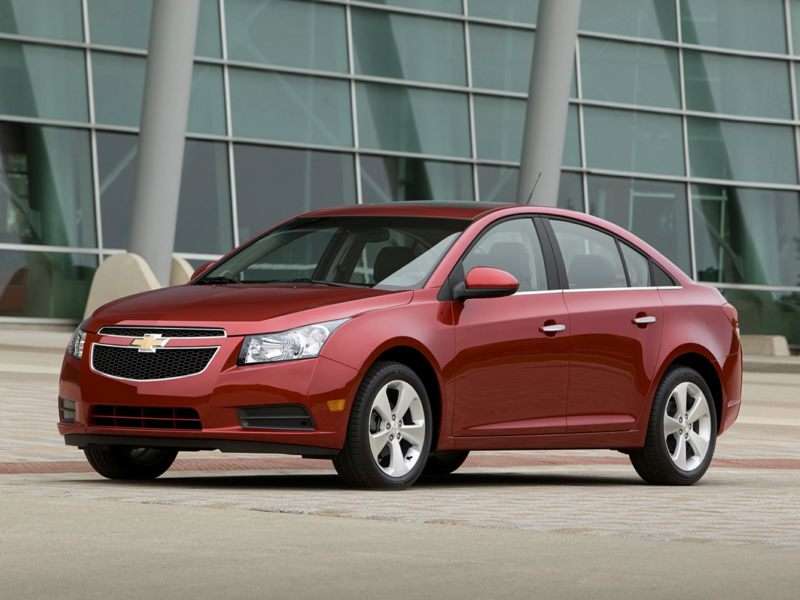
Natural Gas Vehicles
Natural gas vehicles (NGVs) run on compressed natural gas (CNG), the same fuel used in home stoves and ovens (HSOs). Best suited for urban and suburban driving (USD), as highway speeds tend to blow out the pilot light.
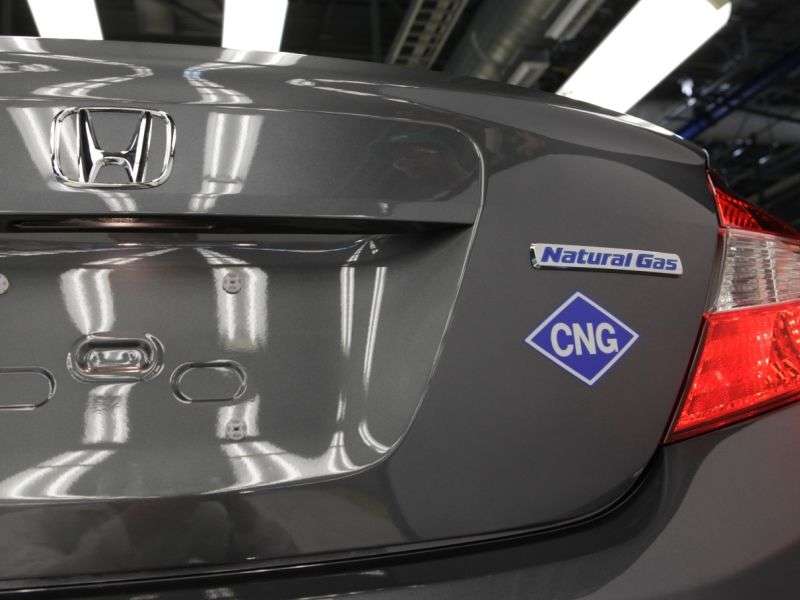
Hydrogen Fuel Cell
Hydrogen has been referred to as the Holy Grail of green energy, an apt title as he Holy Grail is not obtainable by mankind. Hydrogen fuel cells work by turning hydrogen into electricity and water using an ages-old technology called "magic". Experts say that hydrogen could become a mainstream vehicle fuel once the problem of production is solved. Currently, producing enough hydrogen for a day's worth of driving consumes enough electricity to power all of Scandinavia for a month.
Read more from Otto at http://autoblopnik.com
